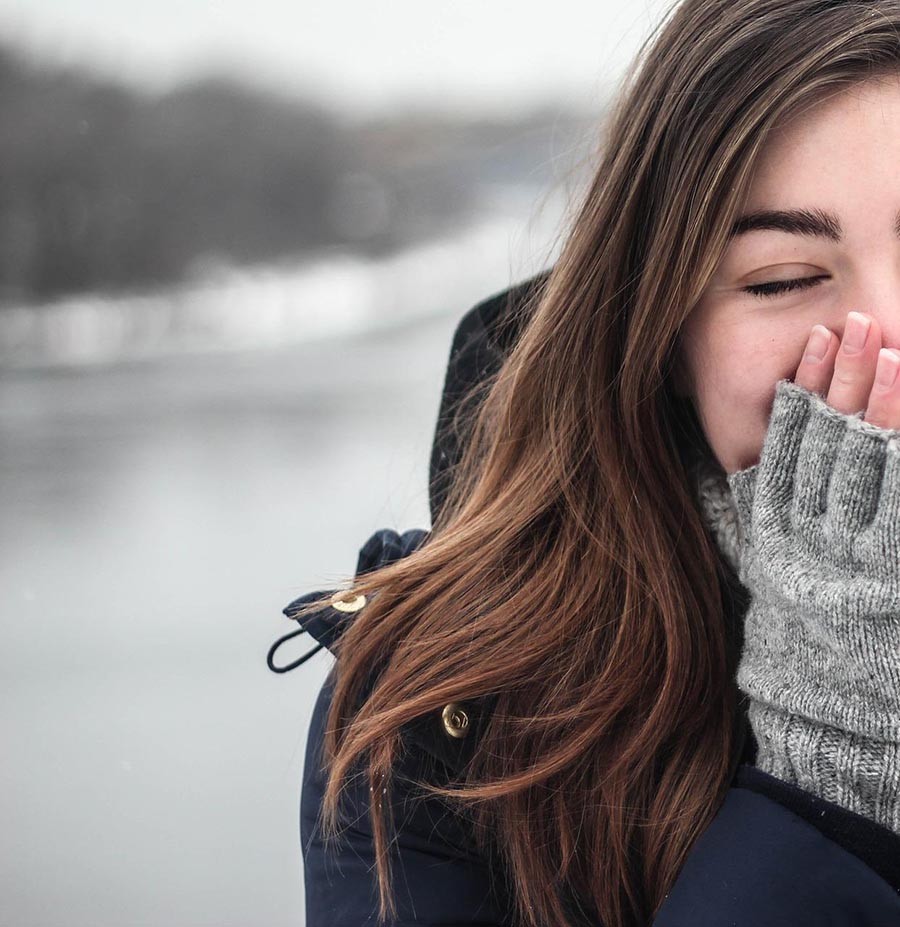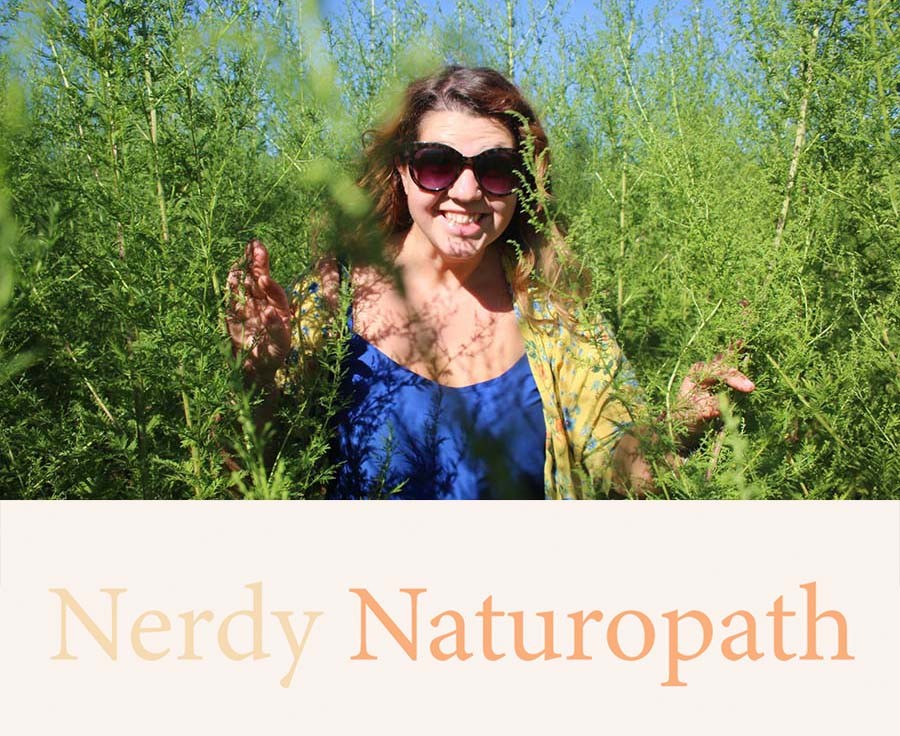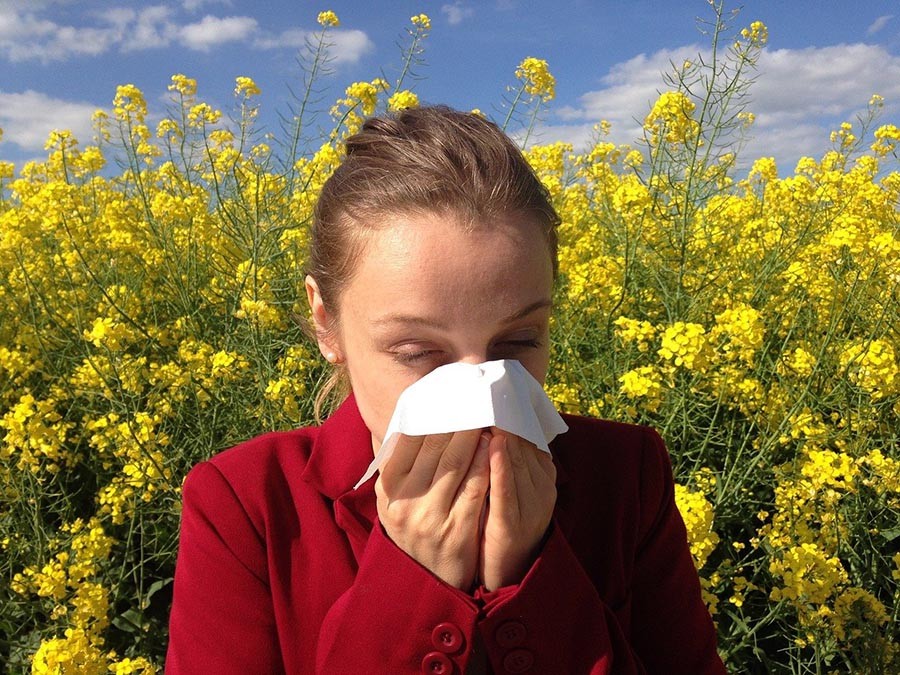
By Siobhán Carroll – BA; Dip Nat; Dip Herb; MANP; MGNC
We all look forward to the warmer spring and summer months, but if you’re one of the millions of people in the UK affected by hayfever – as many 20% of us do, and this number’s on the increase, you’ll know that the hayfever season is lurking just around the corner, if it’s not already in full swing.
An allergic reaction such as hayfever can be explained as an excessive reaction to a normally harmless substance. The immune system identifies the harmless substance, in this instance pollen, as dangerous, and produces an antibody called IgE, which triggers the production of histamine. Histamine is an inflammatory chemical that causes an array of unpleasant symptoms, including running nose and eyes, itching and burning in localised areas such as in the throat, nose and eyes, puffiness, swelling and mucus formation. Altogether, not much fun.
Tree pollen occurs first, typically from late March until mid-May, and affects around 25% of the population. But if the weather is unseasonably warm, allergen-spewing trees, such as alder and hazel, have been known to wreak havoc long before the usual start of the spring hayfever season, and experts predict that willow and birch will soon follow suit.
Grass pollen is by far the biggest trigger, affecting up to 95% of hayfever sufferers and tends to start from mid-May, lasting until the end of July, which is when grasses and flowers come into bloom. Weed pollen can be released at any time but the season typically covers the end of June until September.
Added to the staggered nature of the season, your postcode will also determine when you’re likely to be affected. Generally there’s a later start and shorter season in the north of the country, where there tends to be less pollen. Urban areas also have lower counts than the countryside, but arguably other airborne irritants to contend with.

What’s the take-home? Pollen pretty much has its bases covered from February through to September, BUT, if you are prone to hayfever, there are a number of measures you can take to stay one step ahead.
Keep your body as free from toxins as possible by avoiding junk and eating wholefoods. Keep your caffeine and alcohol intake low and avoid nicotine. If you live in a polluted area or work with chemicals or in traffic-ridden areas, regular detoxes to keep your system clear will help. Simple steps such as drinking plenty of water and keeping your bowel moving daily will reduce the toxic load on your system.
Avoid dairy foods as they cause mucus formation that can exacerbate hayfever symptoms, and keep your intake of refined sugar low. If you suffer with any type of allergy, hayfever included, you’re more likely to have wobbly blood sugar and be sensitive to refined sugar. Sugar can trigger surges and drops in blood sugar levels that cause adrenalin production to kick in, which involves the production of histamine – just what you don’t want.
Make sure you’re sleeping well. Whilst scientists are still trying to figure out the exact relationship between sleep and the immune system, studies show that sleep helps to shift the balance of anti-inflammatory proteins so that the immune system can recognise and respond better to bugs and allergens, which may help to reduce the severity of your symptoms.
Plant remedies can also help. Echinacea purpurea taken twice daily can help to improve your body’s ability to identify harmful substances correctly. Ideally you would think about taking Echinacea about two months before your known hayfever time, but it may still prove helpful even after symptoms have set in.
Approximately two weeks before your usual symptoms kick in, take Luffa operculata twice daily. Pollinosan Hayfever Tablets contain seven tropical herbs, including Luffa operculata and Galphimia glauca, to help with allergy to grass and tree pollen. They are non-drowsy and so will not affect your ability to drive or use machinery. A nasal spray is also available for immediate relief.
If your eyes are particularly sensitive to hayfever try Pollinosan Hayfever Eye Drops. With hyaluronic acid and chamomile, they provide a soothing solution for red, burning, itchy eyes as a result of hayfever-causing allergens, and can be used with contact lenses and glasses.
Finally, a bit of detective work will also help you to outsmart your pollen-shaped foe: stay up to date with the latest pollen information in your local area by checking your 5-day pollen forecast.
For further information on hayfever and allergy, contact Siobhán Carroll BA on +353 (85) 216 2808.

About Siobhán
Siobhán Carroll is a fully qualified clinical Herbalist and Naturopath based in Ireland. She runs her own clinic in Co. Clare and online via her website nerdynaturopath.com. She has 10 years of experience in the field of natural health, she also teaches yoga and meditation and is a lecturer at the College of Naturopathic Medicine.
Siobhán is also a cold-water sea swimmer, a loving mum and a massive Harry Potter fan. She has a deep connection with plants and is passionate about empowering people to look after their own health using the healing powers of nature.
Siobhán Carroll BA; Dip Nat; Dip Herb; MANP; MGNC
Follow Siobhán on Facebook.
More from Siobhán
